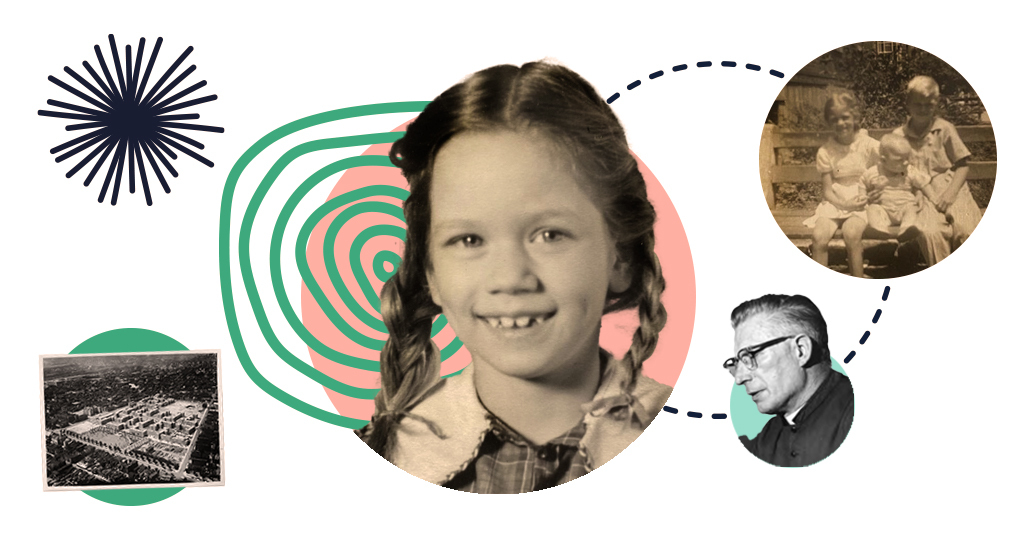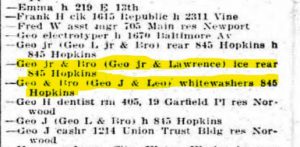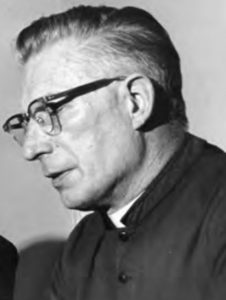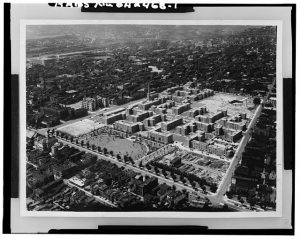 Written by Keloni Parks, West End Branch Manager
Written by Keloni Parks, West End Branch Manager
In our sixth installment of the West End Stories Project, we spoke to retired homemaker and retail worker Helen Shank. She lived in the Laurel Homes Housing Project in the 1940s and attended St. Joseph Catholic School.
Laurel Homes Housing Project
Famed Cincinnati architects Samuel Hannaford and Frederick W. Garber were associated with the Laurel Homes Housing Project that was bordered by Lincoln Park Drive (now Ezzard Charles Drive) and John, Linn, and Liberty streets. It was Cincinnati Metropolitan Housing Authority's first housing project and was developed on "slum clearance sites," or where "substandard housing" was demolished for redevelopment. With 30 percent of its units available to African Americans in 1938, it was deemed the first racially integrated public housing community in the country. However, the project was initially segregated.
"I don’t think they ever came over on our side. I know we never went on their side," said Mrs. Shank during our interview. A portion of the project still exists today on the corner of Linn and Liberty streets and is now called Liberty Street Apartments. It's on the National Register of Historic Places and is still owned by the Cincinnati Metropolitan Housing Authority (CMHA).
Lampe Brothers
During my interview with Mrs. Shank, she also mentioned that her mother’s side of the family had a business called Lampe Brothers that sold coal and ice. Information from the census and city directories show that her mother's family was involved in several businesses at their family home on 845 Hopkins Street. In addition to ice and coal, their work included paper hanging and whitewashing, a hazardous painting method involving the use of calcium hydroxide (also called slaked lime).
 Lampe, Williams' Cincinnati Directory 1930-31.
Lampe, Williams' Cincinnati Directory 1930-31.
Father Clement J. Busemeyer
When Mrs. Shank attended St. Joseph Catholic School and church, Father Clement J. Busemeyer became the priest when she was 9 years old. At the time, the parish was $60,000 in debt, and the school was predominantly white in a predominantly Black area. To remedy these things, he started having bingo at the church and integrated the school. In 1960, when the original St. Joseph Church was torn down to widen Linn Street, he had the original stained-glass windows saved and installed in the new church. The windows, which are originally from Austria, are still a part of the church today.
 Image: Archdiocese of Cincinnati (2007). "Parishes that serve the African-American Catholic Communities"
Image: Archdiocese of Cincinnati (2007). "Parishes that serve the African-American Catholic Communities"
Listen below to hear Mrs. Shank’s West End Story.
With the COVID-19 pandemic in mind, the West End Stories Project has shifted from a video series to a podcast, so interviews are being held over the phone. If you or someone you know lived or spent a significant amount of time in the West End, please consider sharing your story. Call 513-369-6900 or email westend@chpl.org.
Interested in more installments of the West End Stories Project? Subscribe to WESP on your favorite podcast app!




Add a comment to: “Everybody was Everybody”: Helen Shank Shares Her West End Story